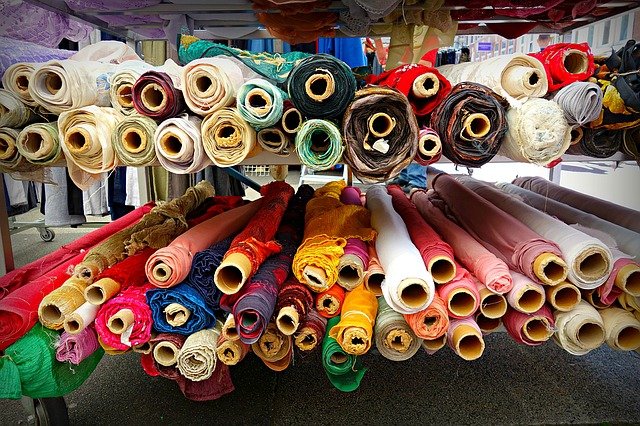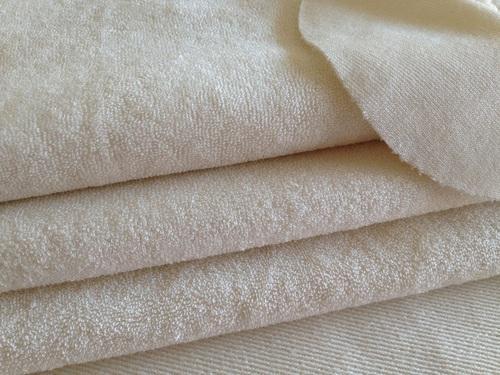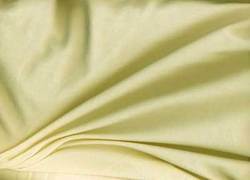The term “sportswear” refers to any costume specially designed for sports activities. To enhance the athlete’s performance, the sportswear must be efficient, essentially, in body thermoregulation and moisture management. All these factors depend upon fibre materials and structures used.
Polyester:
Polyester has outstanding dimensional stability and provides resistance to dirt, alkalis, decay, mold, and therefore the commonest organic solvents. Excellent heat resistance or thermal balance is also an attribute of polyester. This fiber is used most commonly in base fabrics for activewear because it has low moisture absorption, easy-care properties, and low cost.

Nylon:
Nylon fiber characteristics include lightweight, high strength and, softness with good durability and have better wicking behaviour. It is mostly used in tightly woven outfits, which can trap heat because of low air squamous.

Viscose rayon:
The viscose rayon contains 13% water and is not suitable next to the skin. Viscose rayon can be used as the outer part of the twin layer Sportswear, which can absorb 3 times more moisture than cotton.

Lycra25:
Lycra is a truly synthetic fiber of a long-chain polymer composed of 85% segmented polyurethane. This fabric is used as swimwear, active sportswear, floor gymnastics because of its comfort. For stretchable fabric, lycra is added, particularly in gymnastics and swimwear where body skin flexing and stretching are inevitable.

Tencel:
Tencel is the general name of Lyocell. Lyocell may be a synthetic fiber produced in an “environment-friendly” process from pulp that has become popular in clothing. The moisture of Tencel is unique and allows for peak performances in sports. The moisture absorption is perfect for the skin and thus ensures wellbeing at a very high level.

Bamboo:
Bamboo fabrics are made from very pure bamboo fiber yarns, which have an impressive wet permeability, moisture vapor transmission property, soft hand, better drape, easy dyeing, and splendid colors. Bamboo fiber has a very unique functionality that resists bacteria, so this fabric is used for making underwear, tight t-shirts and, socks. Its anti-ultraviolet feature is suitable to make summer clothing.

Soybean:
The Soybean protein present in any fiber makes a superior, soft hand endowed with both moisture absorbency and permeability, which makes the simplest application in knits and innerwear. It is Finished with an antibacterial agent, health-care functionalities are also given. It is used in high-grade knits and innerwear.

So, are there a lot of options for sportswear?
To put it simply, yes.
The first thing to keep in mind when considering what fabric is best for sportswear is the need of the consumer. Different sporting activities need a specific type of clothing. Once you know the requirement, you’ll know what to choose!
